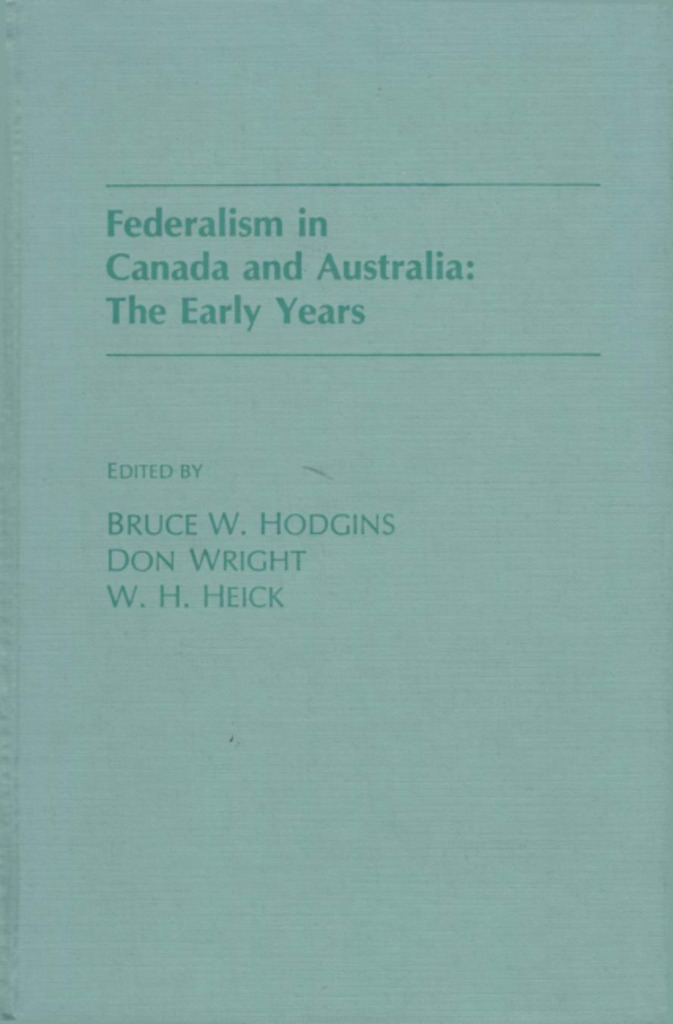ANU Press Archive, 1965–1991
A collaborative project undertaken by ANU Press and the ANU Digitisation Team has enabled over 500 scholarly works, originally published by The Australian National University Press between 1965–1991, to be made available to a global audience under its open-access policy.
Displaying results 151 to 175 of 537.
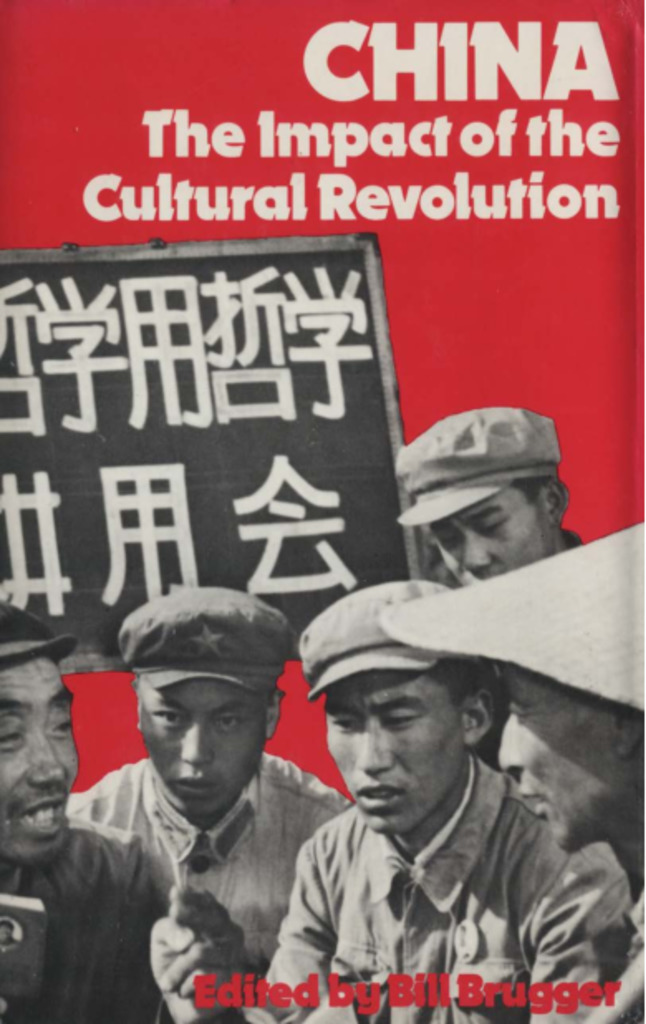
China: the impact of the cultural revolution »
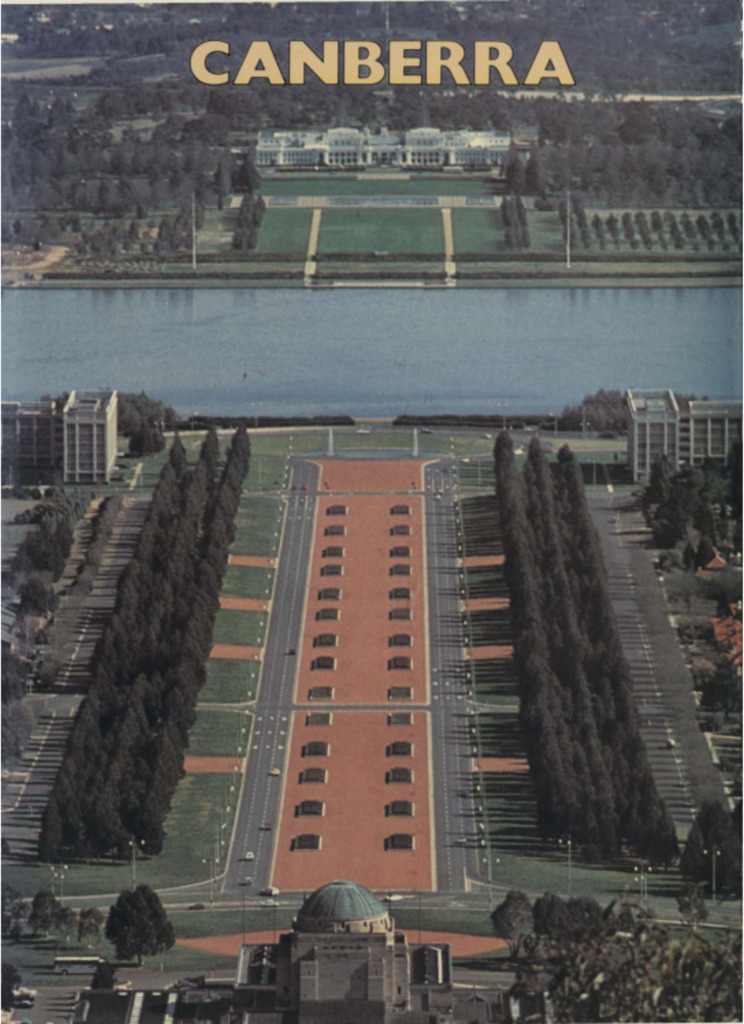
Canberra »
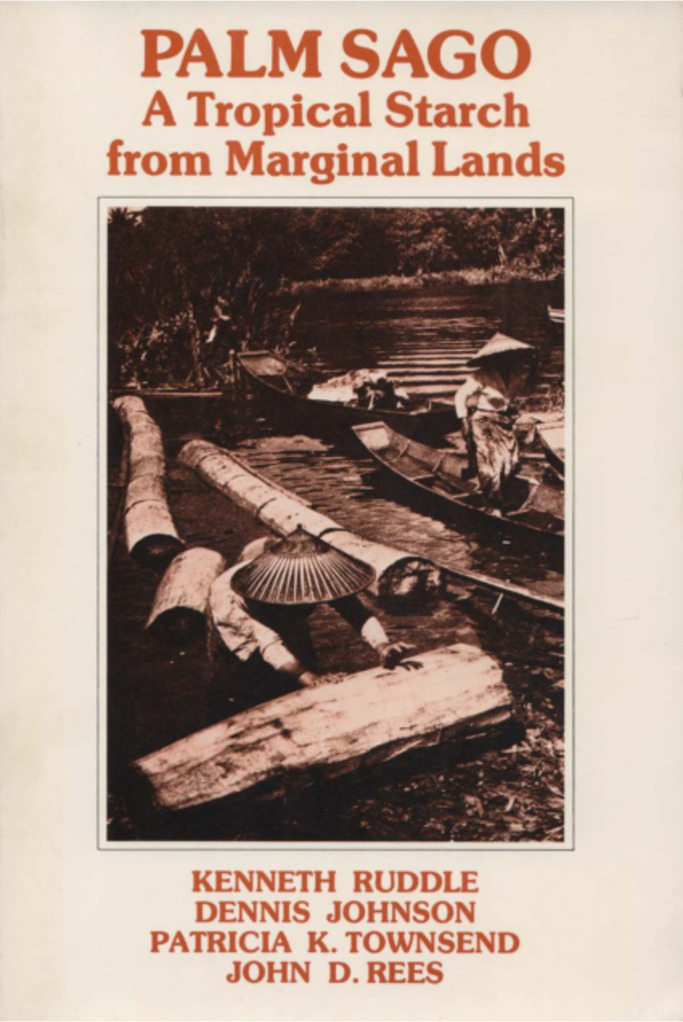
Palm sago: a tropical starch from marginal lands »

Insulinde: selected translations from Dutch writers of three centuries on the Indonesian archipelago »
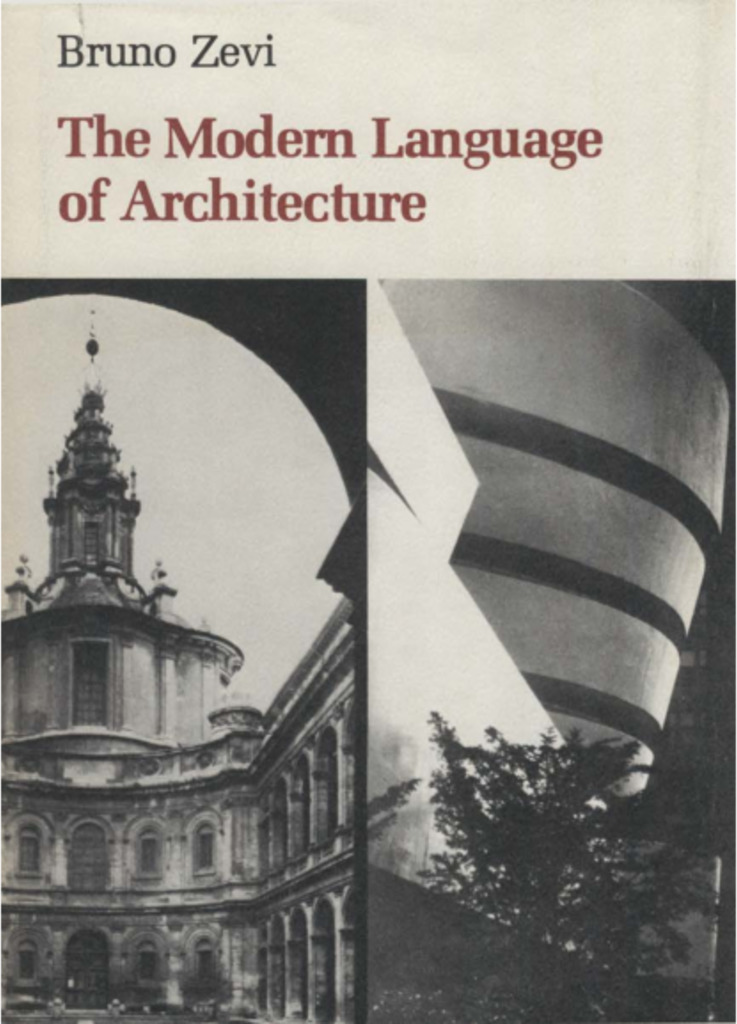
The modern language of architecture »
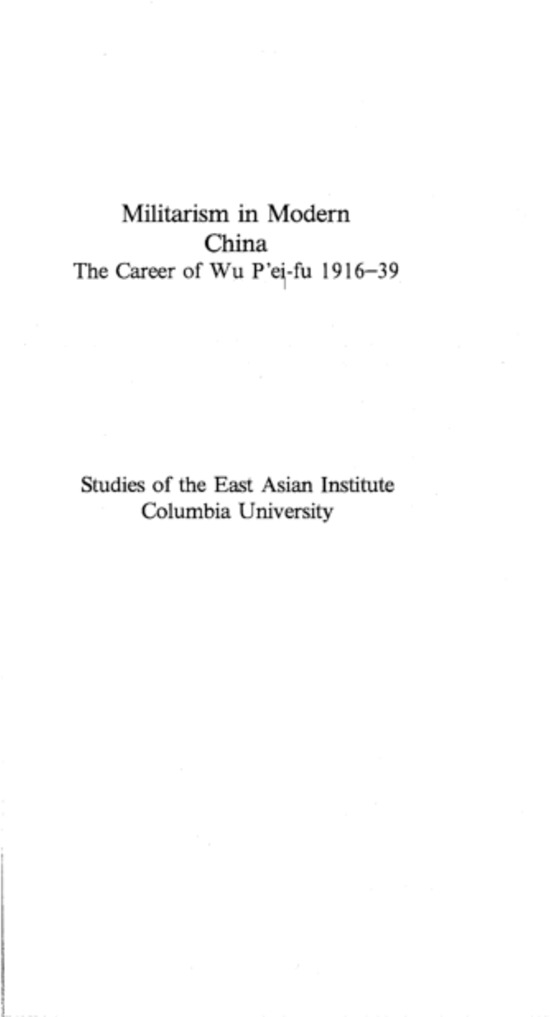
Militarism in modern China: the career of Wu P'ei-Fu, 1916-39 »
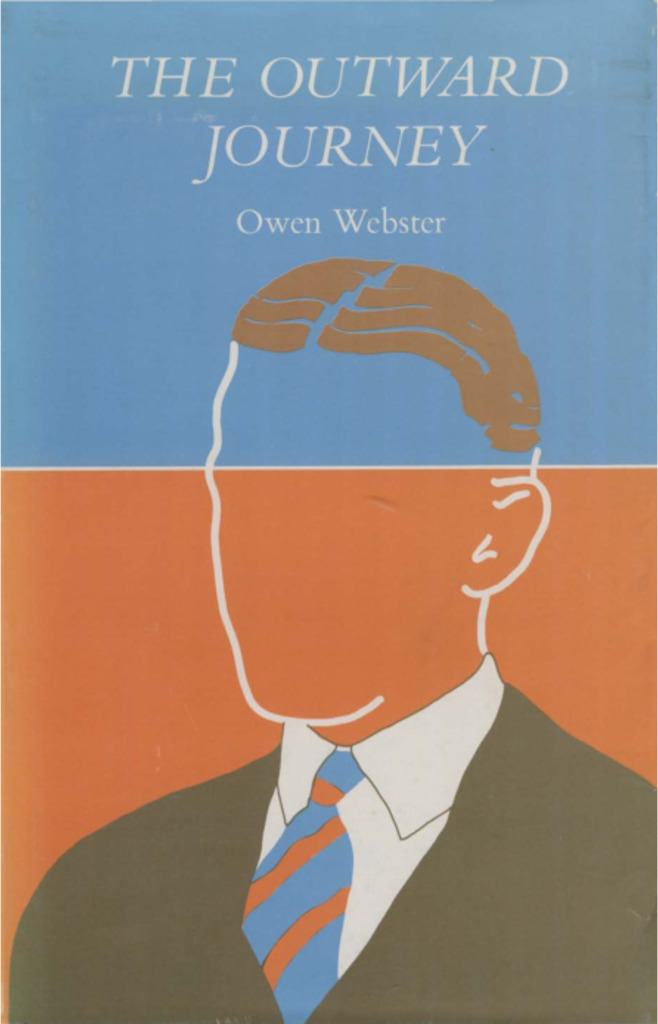
The Outward journey »
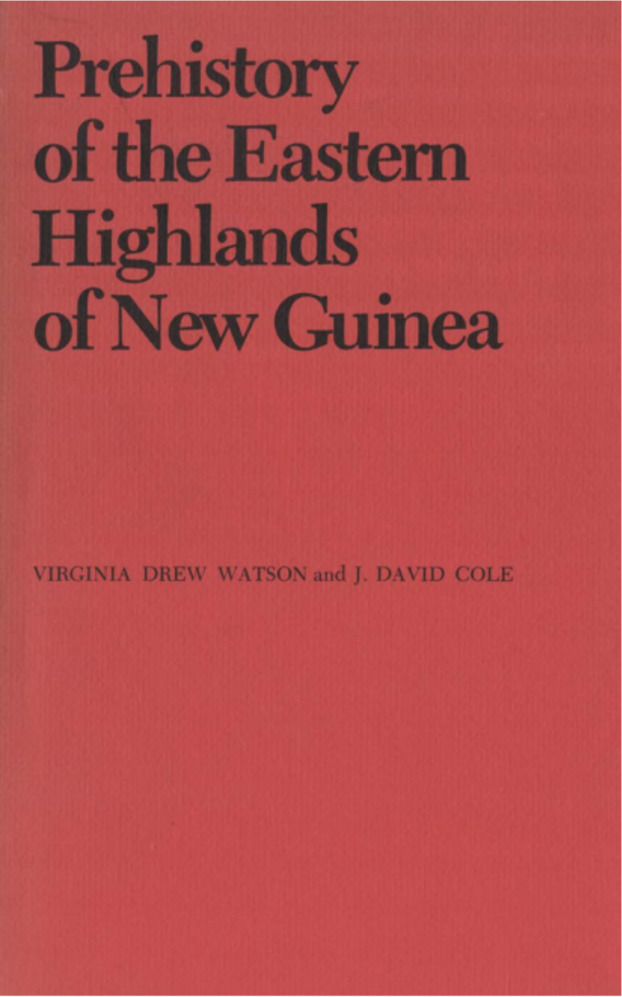
Prehistory of the eastern highlands of New Guinea »
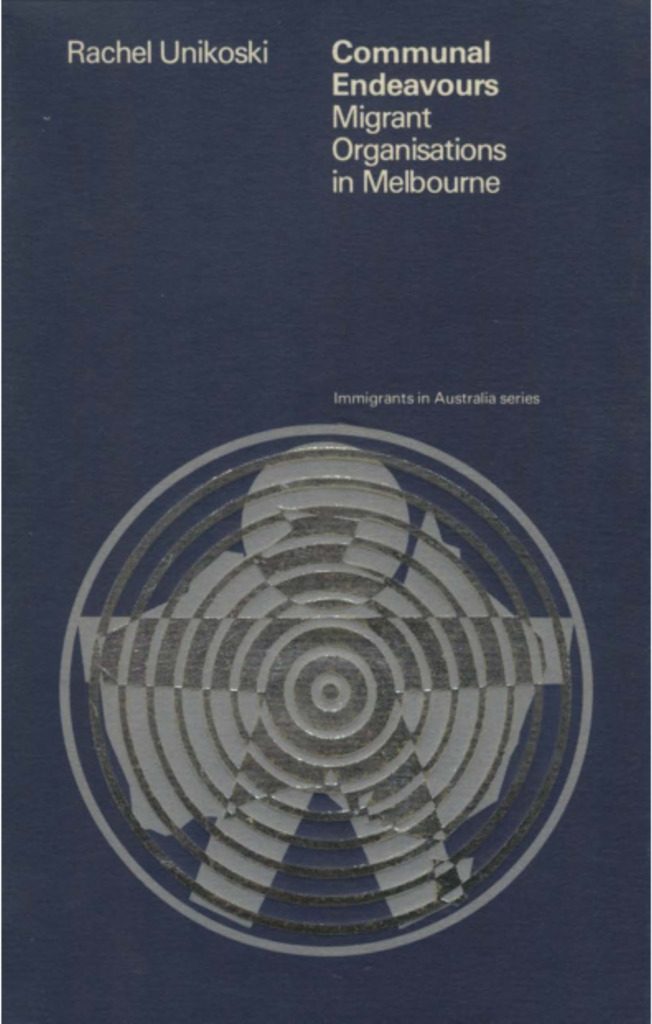
Communal endeavours: migrant organisations in Melbourne »

Logs in the current of the sea: Neli Lifuka's story of Kioa and the Vaitupu colonists »
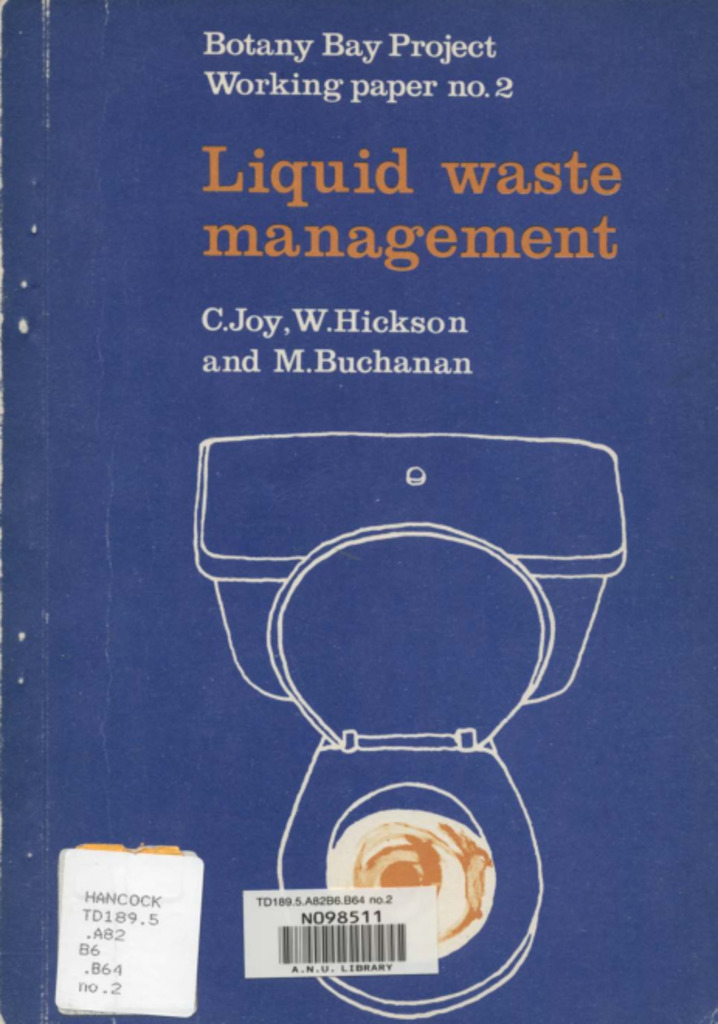
Liquid waste management »
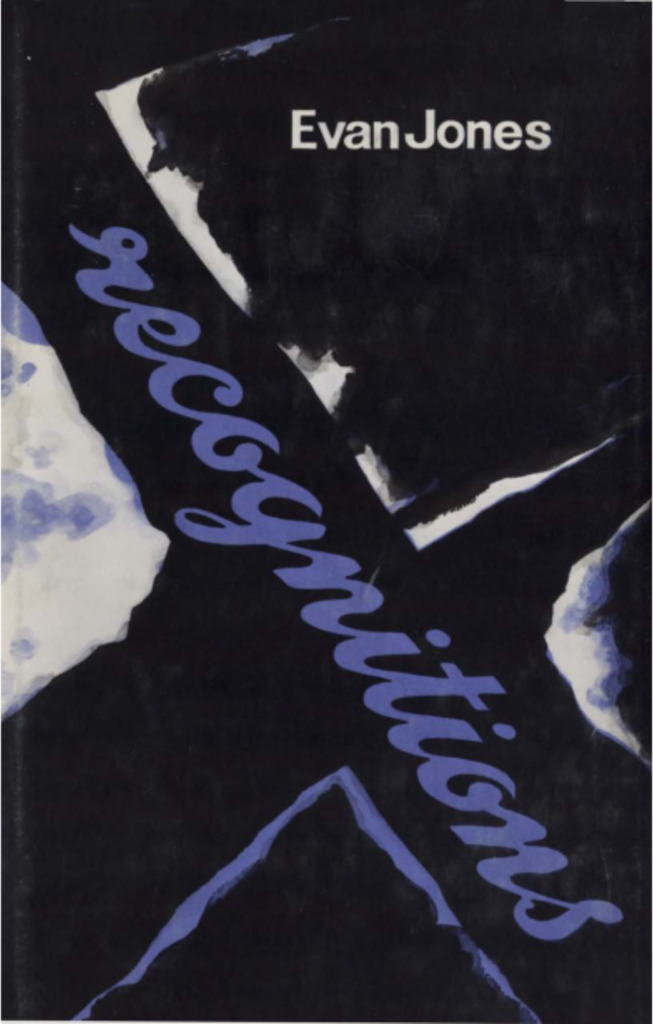
Recognitions »

Natural water quality »
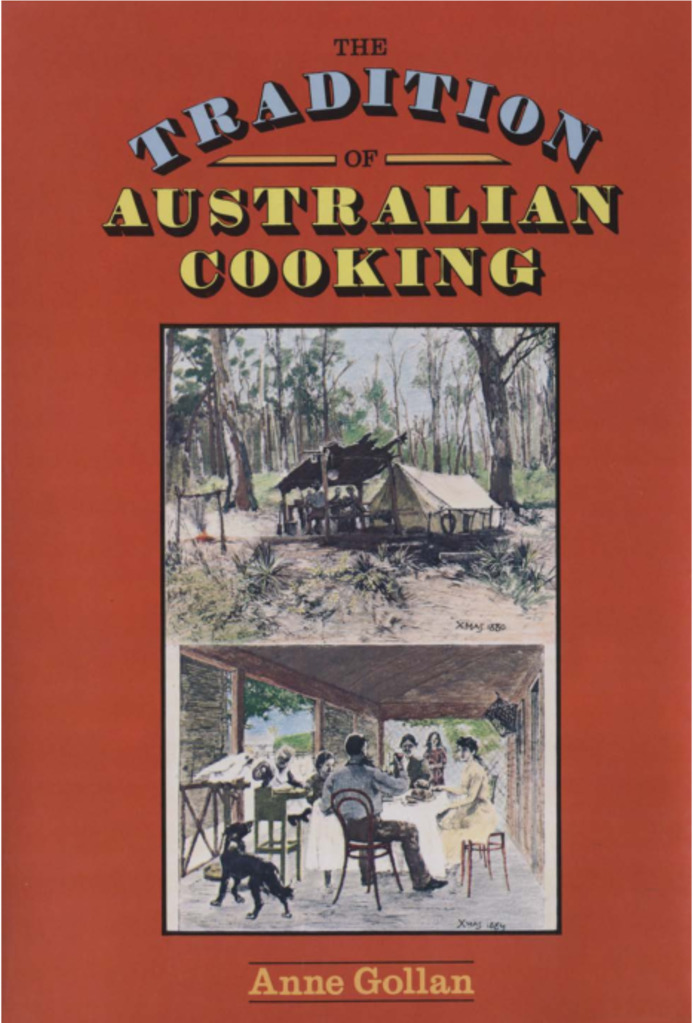
The tradition of Australian cooking »

Practice without policy: genesis of local government in Papua New Guinea »

A select bibliography of Australian military history 1891-1939 »
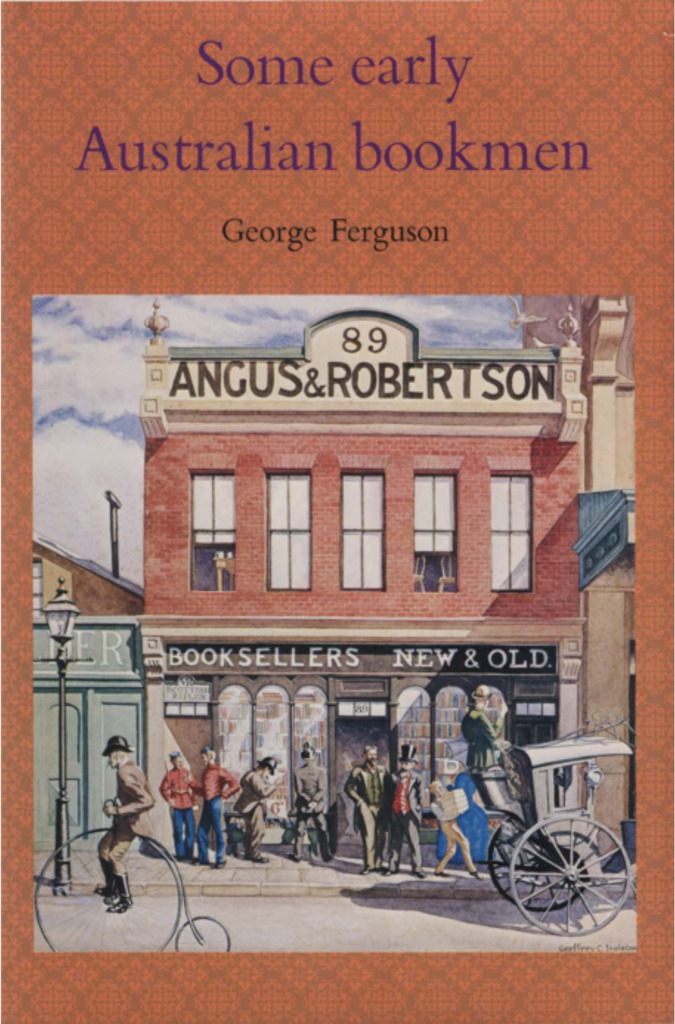
Some early Australian bookmen »
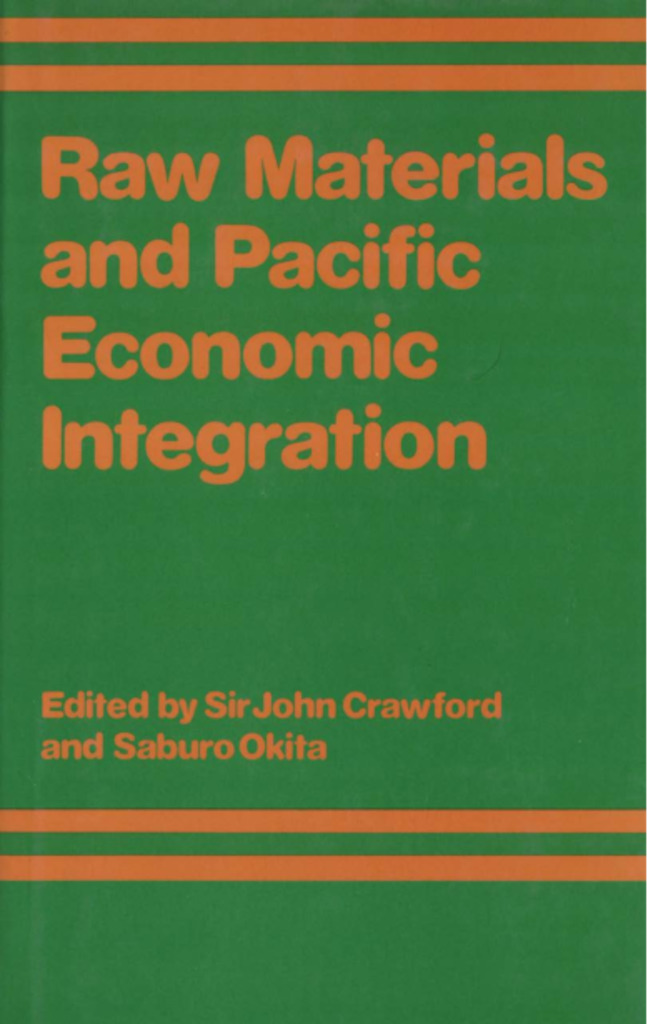
Raw materials and Pacific economic integration »
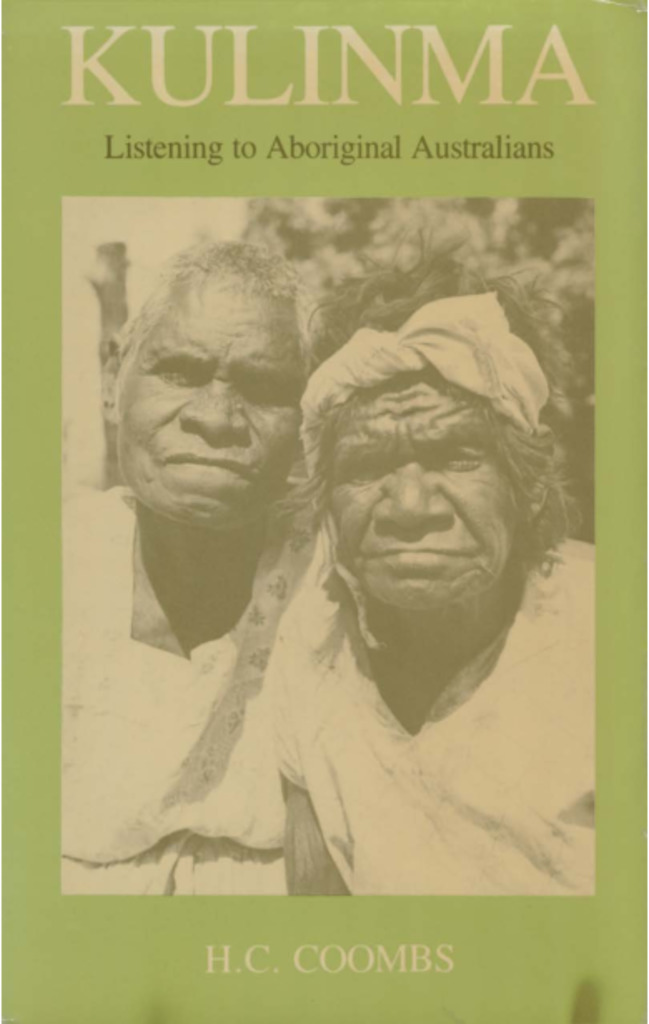
Kulinma: listening to Aboriginal Australians »
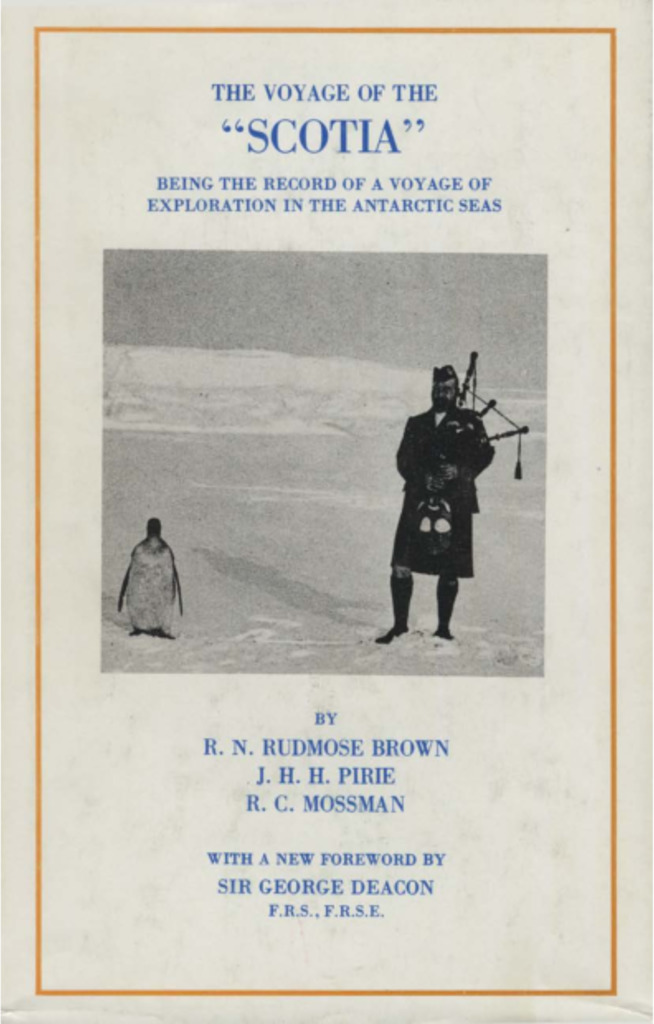
The voyage of the "Scotia" being the record of a voyage of exploration in Antarctic Seas »
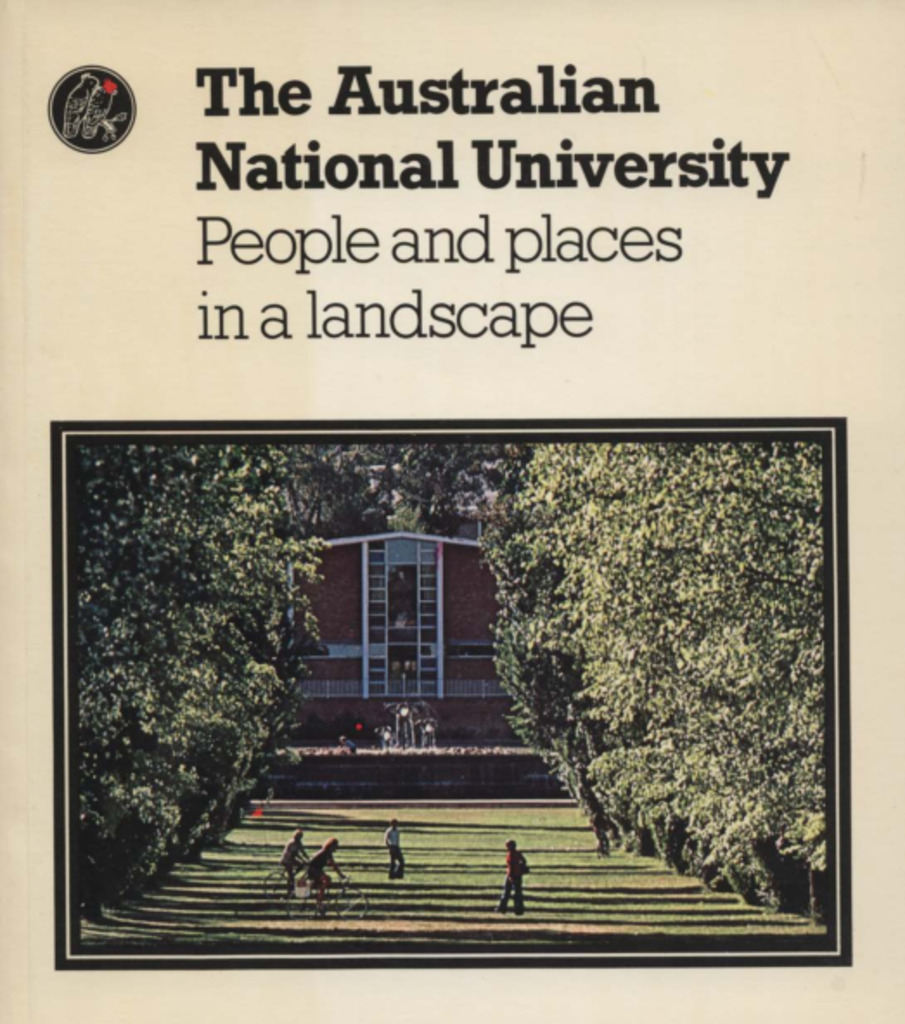
The Australian National University: people and places in a landscape. »

Sport under Communism: the U.S.S.R., Czechoslovakia, the G.D.R., China, Cuba »
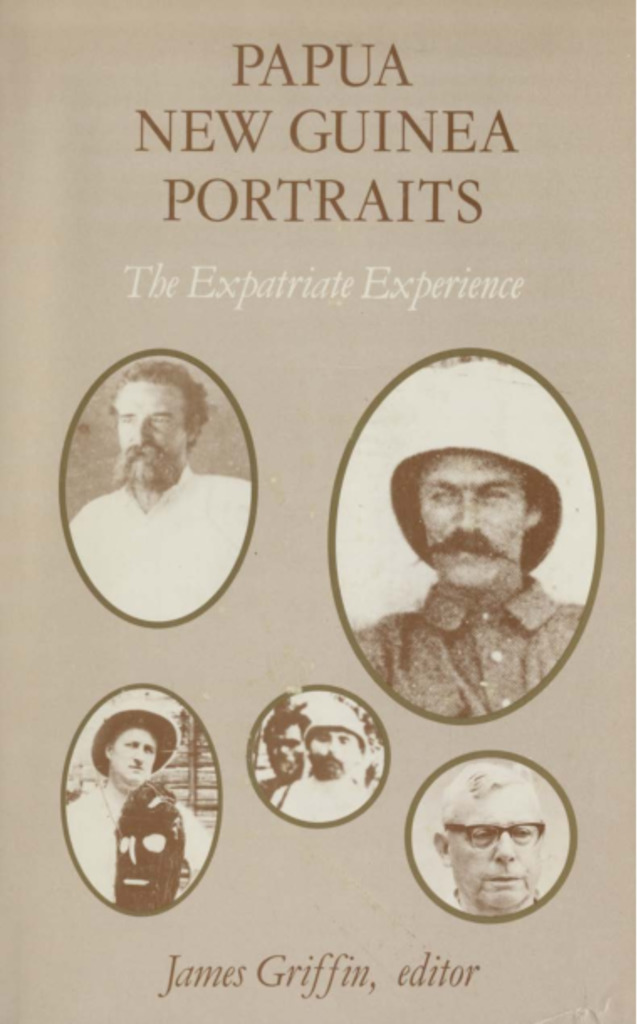
Papua New Guinea portraits: the expatriate experience »
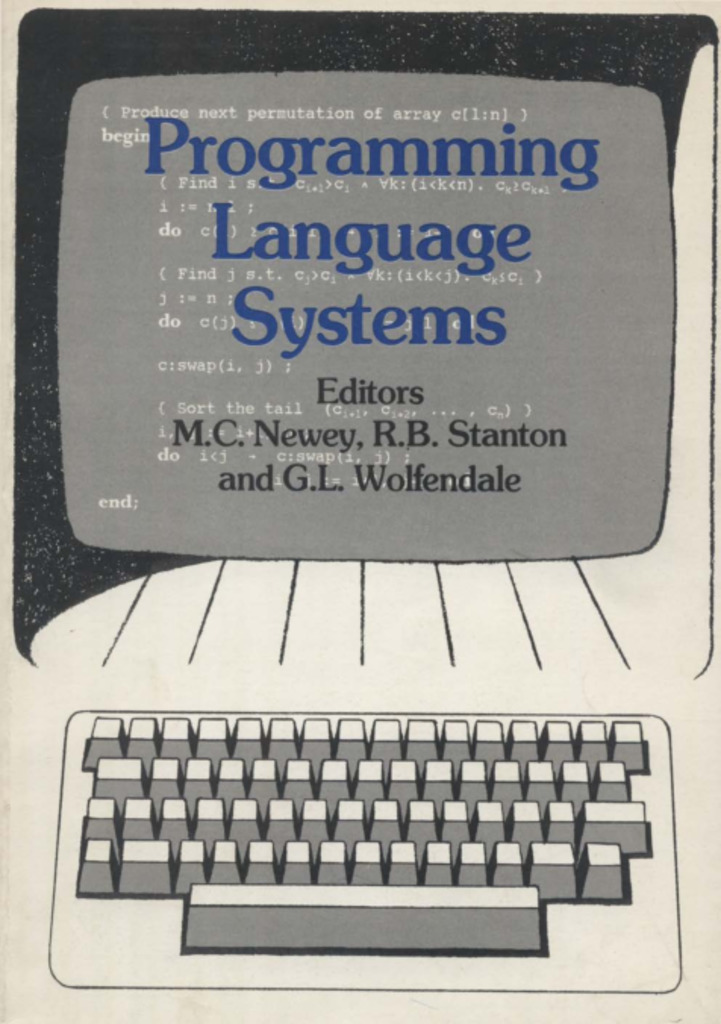
Programming language systems »
